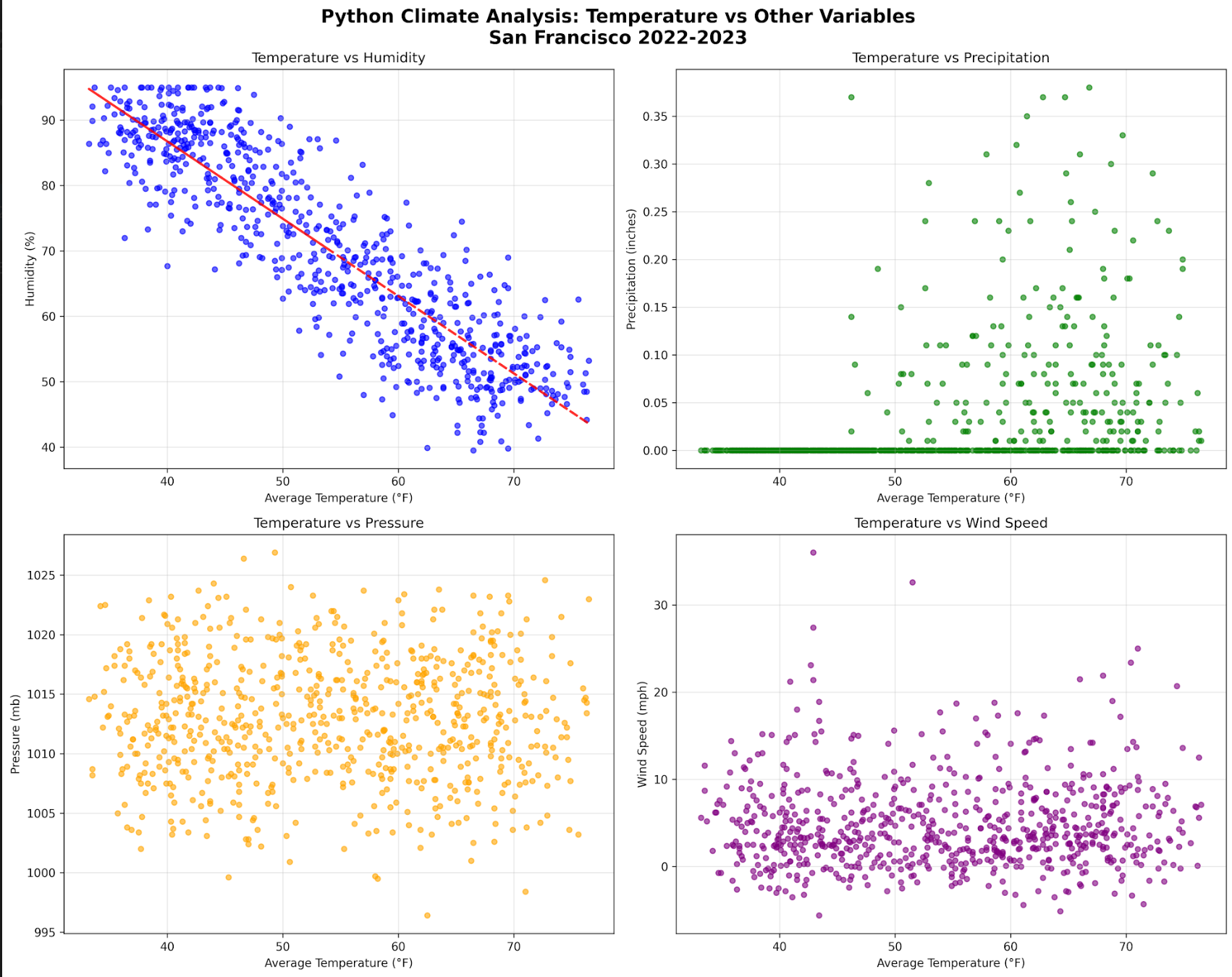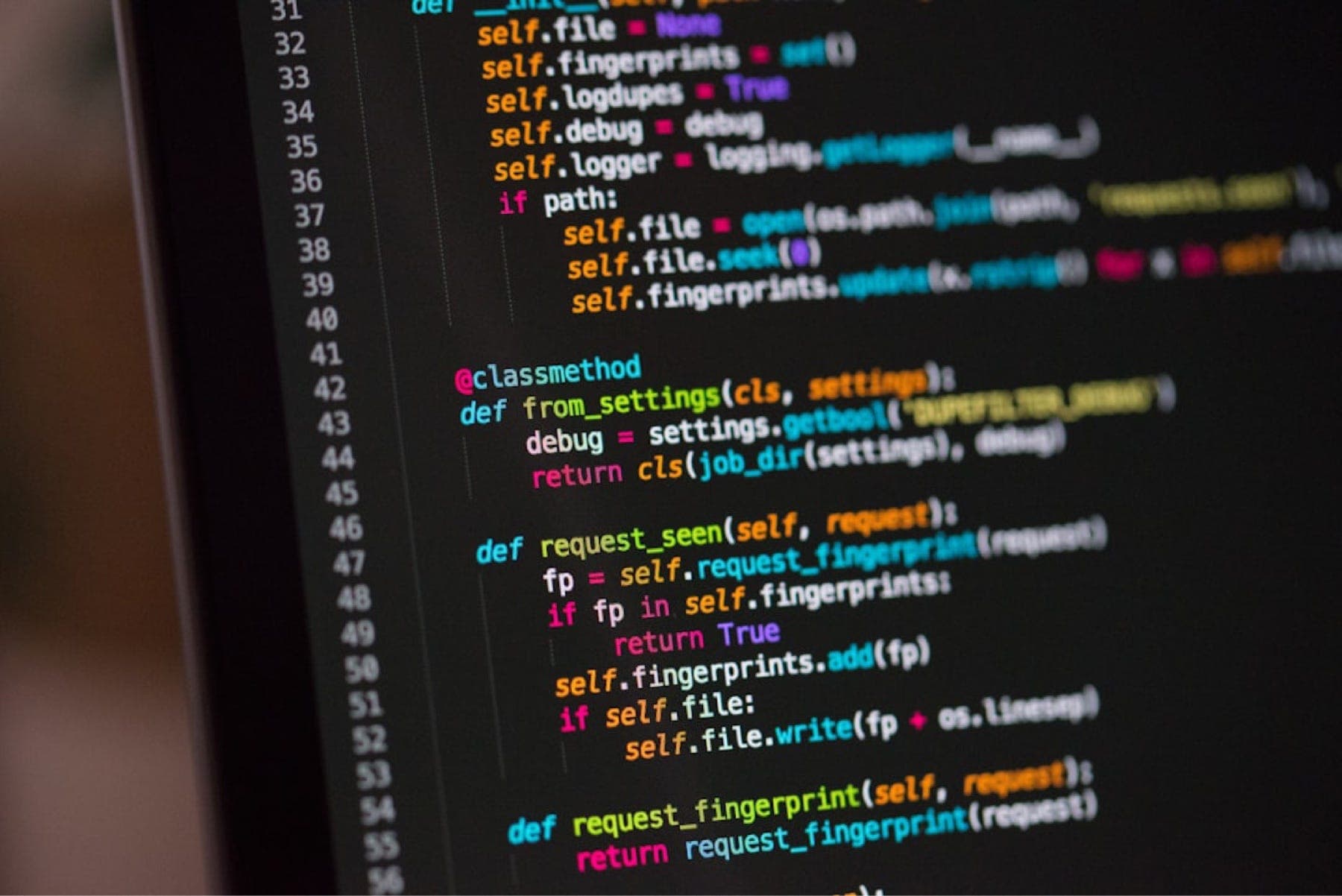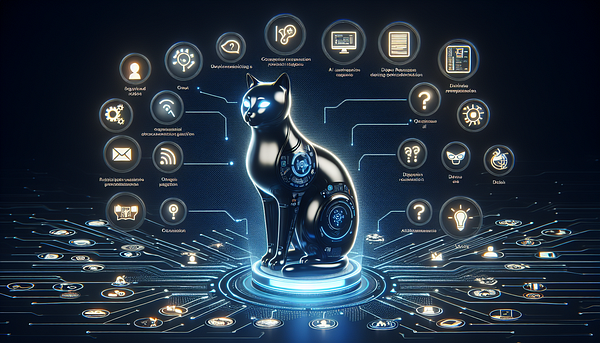
How my Mindfulness App Triggered a Hidden Anxiety Cycle
Have you ever thought a mindfulness app was the key to tranquility, only to find it triggered unexpected feelings of anxiety? This article unfolds my journey of using a mindfulness app, its surprising consequences on my mental health, and what I learned along the way. Tune in if you're keen to explore the intricacies of anxiety cycles and how mindfulness might sometimes amplify rather than alleviate them.
Dev Orbit
August 2, 2025
Understanding the Clarity of Mindfulness
In a fast-paced world filled with chronic stressors, mindfulness apps have surged in popularity, offering users immediate access to relaxation techniques, meditation exercises, and mental clarity practices. While the intention is to foster calm, the reality is that these tools can sometimes expose underlying anxiety rather than provide a refuge from it. My experience sheds light on this paradox—how seeking solace inadvertently led me down an anxiety spiral.
The Mindfulness Journey Begins
Initially, my foray into mindfulness was motivated by a desire to alleviate stress stemming from professional demands. My job involved high-pressure deadlines and constant connectivity; thus, relief seemed just a download away. The app provided daily meditative practices and soothing sounds, promising to enhance my well-being. However, there was a hidden cost.
Upon first using the app, I felt a wave of relief—a calmness that momentarily silenced the noise in my head. But, as I engaged in the daily sessions, I began to notice a peculiar tension; a feeling that my mental tranquility was contingent on my app usage. This dependency represented the first sign of the hidden anxiety cycle I had inadvertently triggered.
Recognizing Dependency
As days turned into weeks, the app became a cornerstone of my routine. I would rise each morning, eager to tap the app icon—an act that felt almost ritualistic. It was during this phase that I noticed my emotions fluctuating dramatically based on my app usage. If I missed a day, I experienced a flood of guilt accompanied by heightened anxiety. I found myself questioning my self-control and emotional resilience, which only compounded my stress levels.
This type of dependency is dangerous and often goes unnoticed until it spirals out of control. The reality was clear: the app, initially intended as a self-care tool, morphed into a source of pressure. I was now evolving my behavior around the technology instead of simply integrating it into my life, setting the stage for an anxiety cycle.
How Mindfulness Apps Can Amplify Anxiety
It’s critical to highlight how technology—particularly mindfulness applications—can inadvertently escalate feelings of anxiety. While these platforms are designed to promote mental well-being, they can create unrealistic expectations and an overwhelming sense of commitment.
Overwhelm of Options: The plethora of features available in apps makes it difficult to choose the right sessions. This can lead to decision fatigue and anxiety about 'missing out' on beneficial practices.
Perfectionism Pressure: Users may feel pressured to achieve 'perfect' calmness or to meditate for a set duration daily, creating further stress.
Tracking Features: Many apps feature progress tracking, which can encourage self-judgment. Users often reflect on streaks or missed sessions, fostering anxiety rather than providing comfort.
The Emotional Tug-of-War
This emotional tug-of-war between the desire for peace and the pressure to perform became significantly pronounced in my experience. I realized that my late-night meditation sessions were characterized by a frantic effort to calm a racing mind, rather than a peaceful acceptance of my current state. I began to associate mindfulness with performance metrics; each meditation session started resembling an obligation rather than a personal journey to self-discovery.
Ultimately, my quest for calmness through structured routines had paradoxically spiraled into an all-consuming pursuit of perfection. Anxiety had crept in, leveraging the very tool I once deemed my sanctuary.
Identifying Triggers and Patterns
Understanding how to identify anxiety triggers within a structured wellness application is integral to breaking the cycle. Through reflection, I pinpointed various patterns and behaviors that aligned with my anxiety spikes:
Missed Sessions: Feeling overwhelmed on days when I did not meditate led to negative self-talk and an internal narrative of failure.
Unrealistic Expectations: Setting overly ambitious goals—like meditating for an hour daily—often resulted in feelings of inadequacy when not achieved.
Social Comparisons: Engaging in communities associated with the app occasionally resulted in unhealthy comparisons, amplifying my sense of inadequacy.
By documenting moments of anxiety alongside my app usage, I began to understand that it wasn’t just the app itself that was problematic; it was how I engaged with it. Gaining a clearer perspective on the interplay between external tools and internal emotional states was essential for me to address the cycle constructively.
Strategies to Break the Cycle
With the recognition of my patterns came the realization that I needed to recalibrate my relationship with the mindfulness app. Here are several strategies that aided me in breaking the anxiety cycle:
Scheduled Flexibility: I allowed myself to miss a session without guilt by incorporating non-metric-based meditation practices into my routine. Mindfulness is ultimately about being present, not just checking boxes.
Mindful Reflection: I started to reflect on my emotional states post-meditation, allowing myself to engage with my feelings rather than repress them, developing a more accepting mindset.
Focused Attention: Instead of getting lost in the app’s offerings, I focused on a select few practices that resonated deeply, avoiding overwhelm and enabling meaningful connection.
Considerations for Future Users
If you're considering engaging with a mindfulness app, or if you’re already on this journey, be mindful of your approach:
Set Realistic Goals: Understand and accept that you may not have a perfect meditation streak; aim for progress rather than perfection.
Avoid Comparisons: Remember, everyone’s mindfulness journey is uniquely personal. Focus on your own progress rather than comparing with community benchmarks.
Disconnect from Metrics: If tracking your progress is leading to anxiety, consider moving away from those features. The goal is to achieve inner peace, not additional stress.
Bonus/Advanced Tips for Mindfulness Practice
Beyond the strategies outlined above, here are some advanced tips for optimizing your mindfulness journey while minimizing anxiety:
Explore Different Modalities: Experiment with audio, video, and text-based meditations to find the format that resonates best with you.
Pair Mindfulness with Nature: Integrate mindfulness practices outdoors to amplify benefits. Nature serves as a natural calming force, enhancing connection to practices.
Guided versus Unguided Sessions: Alternate between guided sessions and silent practices to cultivate a deeper awareness of your thoughts and feelings.
Conclusion
In conclusion, my experience with a mindfulness app served as a crucial lesson in understanding anxiety cycles and the inherent risks of digital wellness tools. While mindfulness aims to promote mental clarity and emotional balance, it can inadvertently trigger hidden anxiety if misused or over-relied upon. By recognizing my patterns and adopting more flexible approaches, I found my way back to genuine mindfulness. Take these insights to heart, and remember to cultivate happiness through balance and self-acceptance. Share your experiences, or ask questions below—let’s navigate the complexities of our minds together!

Enjoyed this article?
Subscribe to our newsletter and never miss out on new articles and updates.
More from Dev Orbit

10 Powerful Tips for Efficient Database Management: SQL and NoSQL Integration in Node.js
Streamline your Node.js backend by mastering the integration of SQL and NoSQL databases—these 10 practical tips will help you write cleaner, faster and more scalable data operations.

Python vs R vs SQL: Choosing Your Climate Data Stack
Delve into the intricacies of data analysis within climate science by exploring the comparative strengths of Python, R and SQL. This article will guide you through selecting the right tools for your climate data needs, ensuring efficient handling of complex datasets.

Are AIs Becoming the New Clickbait?
In a world where online attention is gold, the battle for clicks has transformed dramatically. As artificial intelligence continues to evolve, questions arise about its influence on content creation and management. Are AIs just the modern-day clickbait artists, crafting headlines that lure us in without delivering genuine value? In this article, we delve into the fascinating relationship between AI and clickbait, exploring how advanced technologies like GPT-5 shape engagement strategies, redefine digital marketing, and what it means for consumers and content creators alike.

From Autocompletion to Agentic Reasoning: The Evolution of AI Code Assistants
Discover how AI code assistants have progressed from simple autocompletion tools to highly sophisticated systems capable of agentic reasoning. This article explores the innovations driving this transformation and what it means for developers and technical teams alike.

GitHub Copilot vs Tabnine (2025): Which AI Assistant is Best?
AI coding assistants are no longer futuristic experiments—they’re becoming essential tools in the modern developer’s workflow. In this review, we’ll compare GitHub Copilot and Tabnine head-to-head in 2025, exploring how each performs in real-world backend coding tasks. From productivity gains to code quality, we’ll answer the burning question: Which AI assistant should you trust with your code?

Mistral AI Enhances Le Chat with Voice Recognition and Powerful Deep Research Capabilities
In an era where communication and information retrieval are pivotal to our digital interactions, Mistral AI has raised the bar with its latest upgrades to Le Chat. By integrating sophisticated voice recognition and advanced deep research capabilities, users will experience unparalleled ease of use, as well as the ability to access in-depth information effortlessly. This article delves into how these innovations can transform user experiences and the broader implications for developers and AI engineers.
Have a story to tell?
Join our community of writers and share your insights with the world.
Start Writing